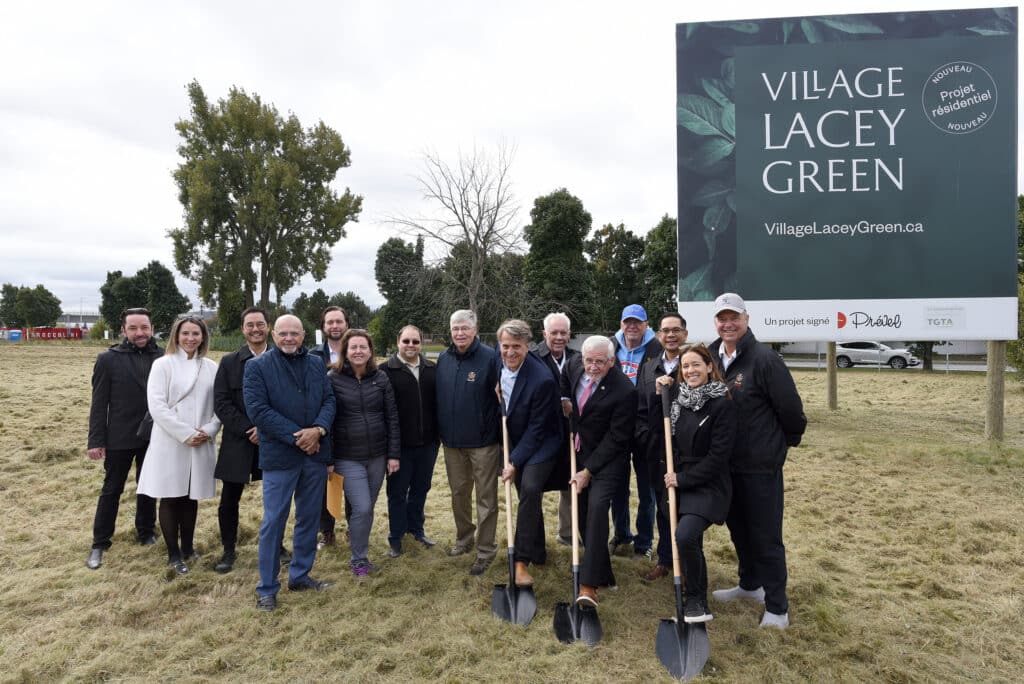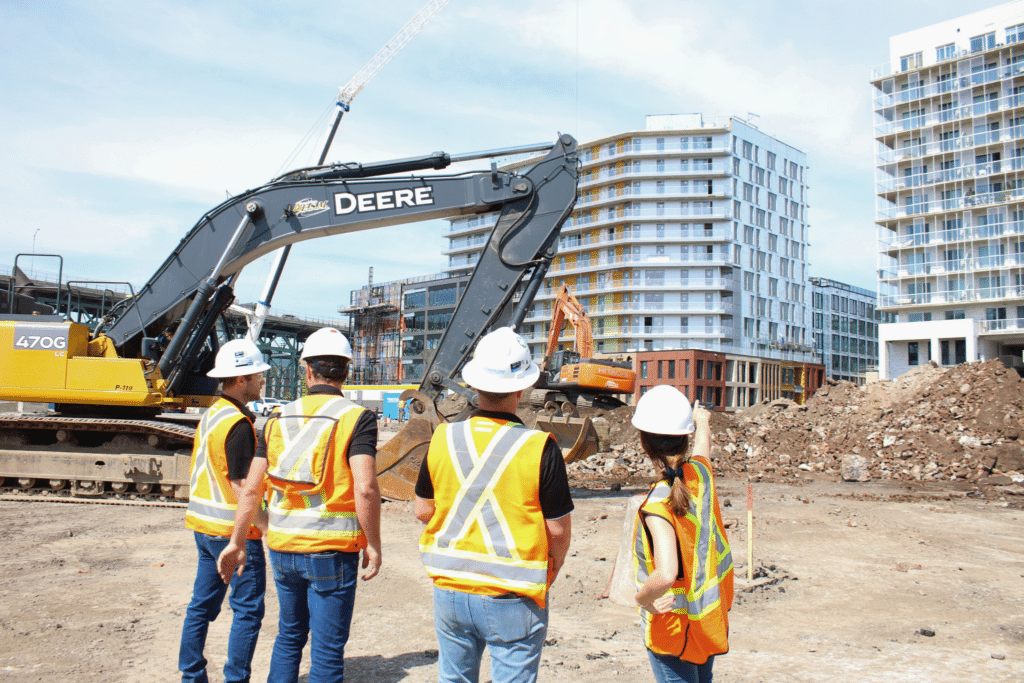When visiting any city in the U.S. or Canada, have you been surprised by how few people get around on the sidewalks? The best explanation for that is in certain areas of these cities it’s difficult to get around on foot. How do we make sure that the residents of transforming neighborhoods such as Griffintown leave their cars at home as much as possible?
Since the invention of the automobile, engineers and planners conceived their cities around the car as the main mode of transportation. It’s a basic rule: cities are designed and grow according to the main mode of transportation of the time. For example, older neighborhoods in Europe have narrow streets adapted to horses and carriages.
Today we see that more and more people are in favor of more active modes of transport and the development of an urban fabric that has lots of local services nearby. One of these people is the planner Jeff Speck. He states that the ability to move easily and safely through a city is the solution to many environmental, economic and public health concerns.
According to Mr. Speck, the City of Portland is a prime model for this concept. First, the city has adopted strict zoning rules that limit urban sprawl and where people can build. Next, they invested to promote cycling, walking and public transit. The results? The number of people getting around in cars peaked in 1996 and has been falling ever since. In Portland, people drive on average 20% less per day than elsewhere in the U.S.
Thanks to these initiatives Portland has gained enormously in efficiency and quality of life. The city has attracted and kept a large number of professional and young college graduates, two sectors of the population that are placing increasing importance on environmental safety and healthy living. Important economic players, they boost the local economy, as most know that 85% of the amount invested in a car goes out of town upon purchase.
These young professionals also have more time and disposable income compared to suburbanites that must assume the cost and time of commuting. Less dependent on cars and thus more active, they are usually in better health, have less chance of being in a road accident and also produce much less CO2 per year. Want to learn more about it? Here’s Jeff Speck:
To determine the usability of a city in relation to its pedestrians, certain specialized companies have developed indicators based on the distance between a persons’ residence, businesses and active transportation networks. According to the ‘Walk Score’, greater Montréal ranks third among Canadian cities with 70 points, behind Vancouver with 78 points and Toronto with 71.
Just for the fun of it, I’ve checked our projects’ “Walk Scores”:
- 21e arrondissement has a Walk Score of 93 out of 100. “Walk Score” says: “this location is a Walker’s Paradise so daily errands do not require a car.”
- Lowney sur Ville has a Walk Score of 87 out of 100. This location is Very Walkable so most errands can be accomplished on foot.
- Bassins du Havre has a Walk Score of 90 out of 100. Also identified as a Walker’s Paradise.
With the Griffintown special planning program, the redevelopment of the Bonaventure Expressway into a large boulevard as well as the future Quartier de l’Innovation, the future looks promising for pedestrians, cyclists and public transport in the Old Port and Griffintown. Will we soon have a 100% Walk Score for these two neighborhoods?
Until next time,
Anne-Marie



